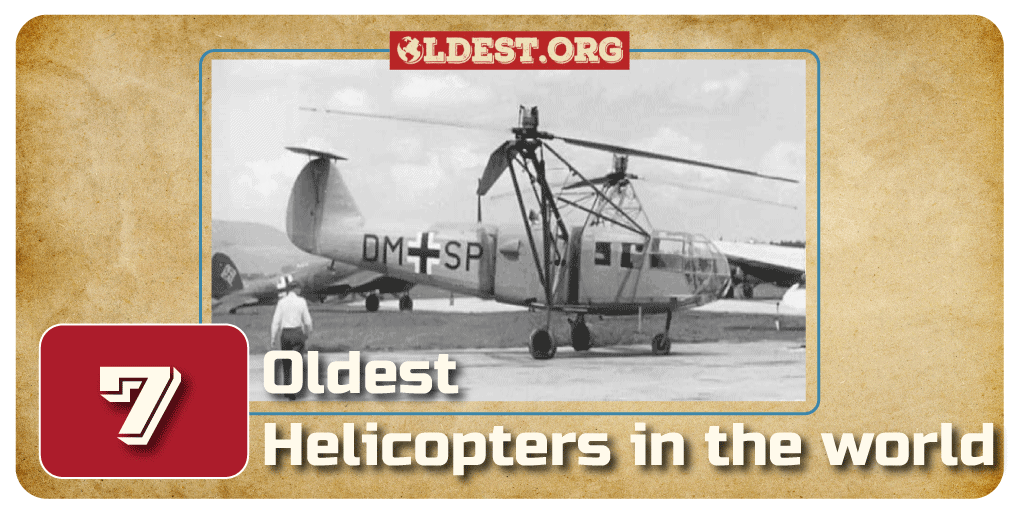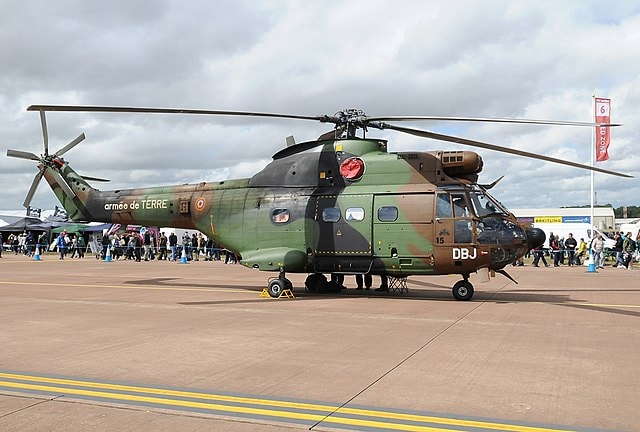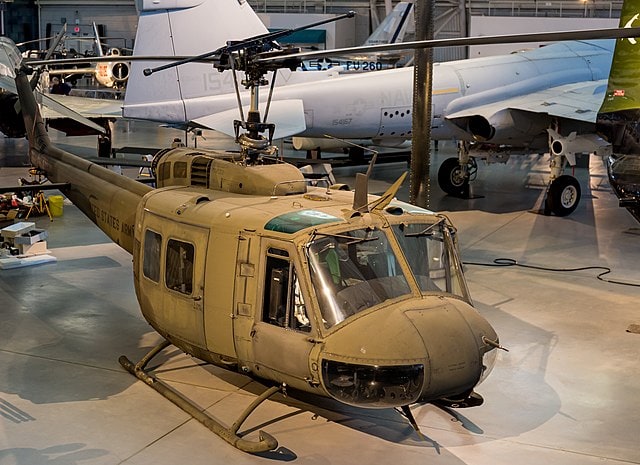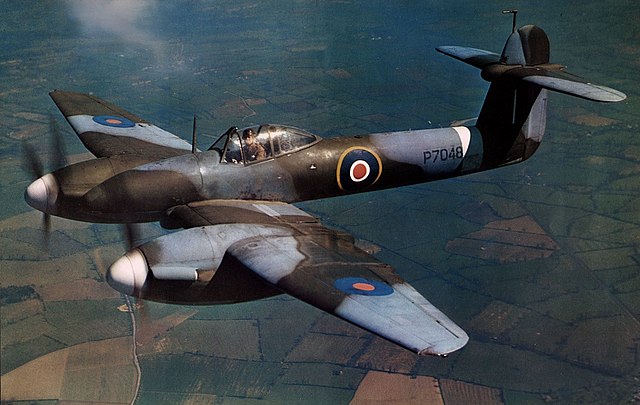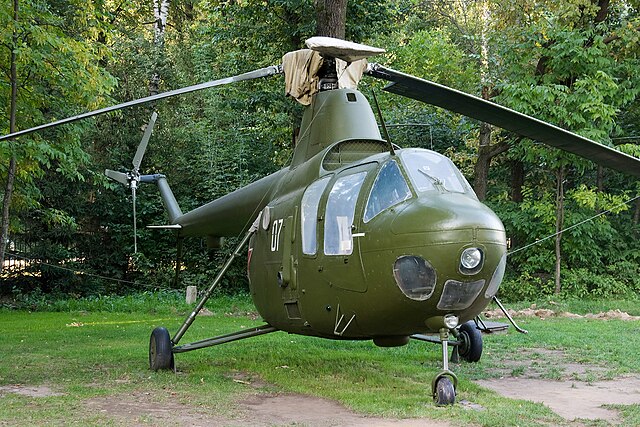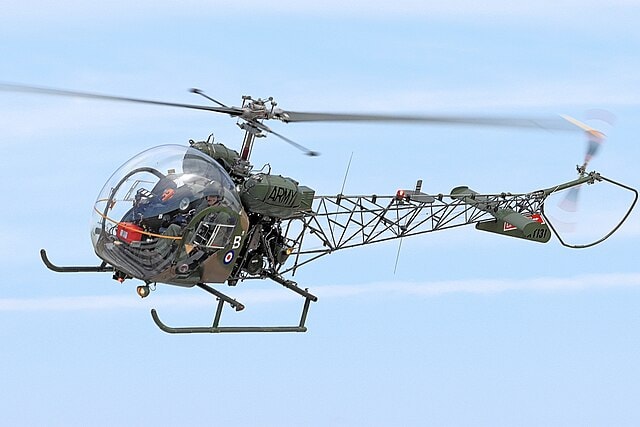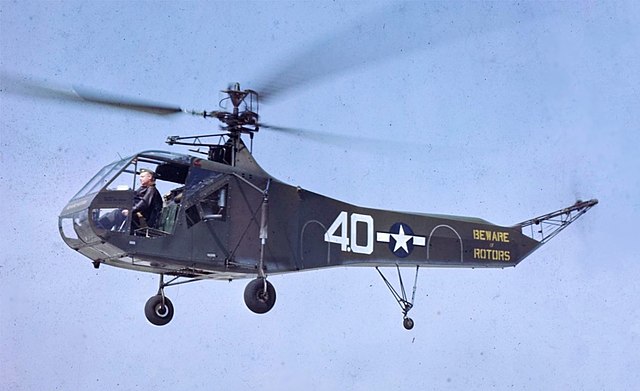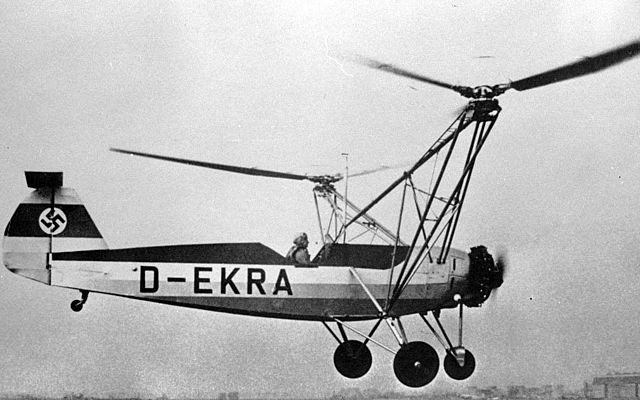Helicopters have revolutionized aviation with their vertical takeoff and landing capabilities, maneuverability, and versatility. Join us as we take a journey through time to explore the seven oldest helicopters that have played significant roles in the evolution of rotorcraft technology. Each helicopter has its own unique story, spanning different countries and eras, and has left an indelible mark on the history of aviation.
7. Aérospatiale SA 330 Puma
Year: 1965
Country: France
The Aérospatiale SA 330 Puma, developed by Aérospatiale (now Airbus Helicopters), is a medium transport helicopter renowned for its ability to operate in various terrains and climates. Military forces and civilian operators worldwide have widely used it.
Did You Know?
The Puma’s exceptional performance in high-altitude environments and its ability to carry significant payloads made it a preferred choice for missions such as troop transport, cargo airlift, and search and rescue operations. Its enduring service record and adaptability have made it a respected workhorse in the helicopter industry.
6. Bell UH-1 Iroquois (Huey)
Year: 1959
Country: United States
The Bell UH-1 Iroquois, commonly known as the Huey, became one of the most widely used helicopters in the world. Designed by Bell Helicopter, it served as a utility and combat helicopter during the Vietnam War. The Huey’s reliability, ruggedness, and versatility made it an indispensable asset in military operations.
Did You Know?
Huey’s distinctive “whop-whop” sound became synonymous with the Vietnam War and left an enduring cultural impact. Its role in transporting troops, conducting medical evacuations, and providing close air support contributed to its iconic status in military history.
5. Westland Whirlwind
Year: 1953
Country: United Kingdom
Westland Aircraft was a British helicopter designed for military use. It featured a unique twin-engine configuration and a retractable undercarriage, providing improved aerodynamic performance and allowing it to operate from small ships. The Whirlwind showcased the UK’s expertise in helicopter development and contributed to advancements in naval aviation capabilities.
Did You Know?
The Whirlwind was the first British helicopter to use a gas turbine engine, enhancing its performance and reliability. It played a vital role in anti-submarine warfare and search and rescue operations. The Whirlwind’s success laid the foundation for subsequent helicopter designs in the British military and civilian sectors.
4. Mil Mi-1
Year: 1948
Country: Soviet Union (now Russia)
The Mil Mi-1, developed by the Soviet Union’s Mikhail Mil, was the first mass-produced helicopter in the Soviet Union. It served as a multi-purpose utility helicopter and played a significant role in the country’s aviation industry. The Mi-1’s robust design allowed it to operate in various environments, including remote areas and harsh climates.
Did You Know?
The Mi-1 became the primary helicopter for Soviet civilian aviation and saw extensive use in agriculture, transport, and medical evacuation missions. It also became a platform for experimental research and development, leading to advancements in helicopter technology within the Soviet Union. The Mi-1’s contributions to Soviet aviation solidified its place in history.
3. Bell 47
Year: 1945
Country: United States
The Bell 47, designed by Arthur M. Young, is one of the most recognizable helicopters in history. Its iconic bubble-shaped cockpit and pioneering design made it versatile for various civilian and military applications. The Bell 47’s compact size and simplicity of operation contributed to its widespread popularity.
Did You Know?
The Bell 47 gained widespread fame when it appeared in the opening credits of the popular television series “M*A*S*H” as the primary helicopter used for medical evacuations. Its appearance in the show brought public attention to the crucial role helicopters play in emergency medical services. The Bell 47’s enduring popularity is a testament to its timeless design and functional versatility.
2. Sikorsky R-4
Year: 1942
Country: United States
The Sikorsky R-4, designed by Igor Sikorsky, was the first helicopter to enter mass production. It played a vital role in search and rescue missions during World War II and became the first helicopter used by the United States Army Air Forces. The R-4 featured a single main rotor and a tail rotor for stability and control.
Did You Know?
The R-4 achieved a significant milestone by performing the world’s first helicopter rescue operation, saving the lives of two downed pilots in Burma during the war. Its successful deployment in challenging environments solidified the helicopter’s reputation as an indispensable asset in military operations. The R-4’s advancements set the stage for subsequent developments in helicopter technology.
1. Focke-Wulf Fw 61
Year: 1936
Country: Germany
The Focke-Wulf Fw 61, invented by Heinrich Focke and Gerd Achgelis, is the world’s first fully operational helicopter. Its dual-rotor design and successful flights paved the way for future helicopter development. The Fw 61’s innovative construction included two intermeshing rotors rotating in opposite directions to counteract torque and provide stability during flight.
Did You Know?
The Fw 61 set several records during its testing phase, including altitude, endurance, and speed. It captured the attention of aviation enthusiasts worldwide and inspired further research and development in helicopter design. The Fw 61’s success marked the beginning of a new era in rotorcraft technology.
Conclusion
These seven oldest helicopters have paved the way for the modern rotorcraft technology we see today. From the pioneering flights of the Focke-Wulf Fw 61 to the versatile operations of the Aérospatiale SA 330 Puma, each helicopter has contributed to the development and advancement of rotorcraft capabilities. As we appreciate the achievements of these historic helicopters, let us also acknowledge the ongoing efforts to design and manufacture helicopters that push the boundaries of innovation, safety, and efficiency in aviation.


